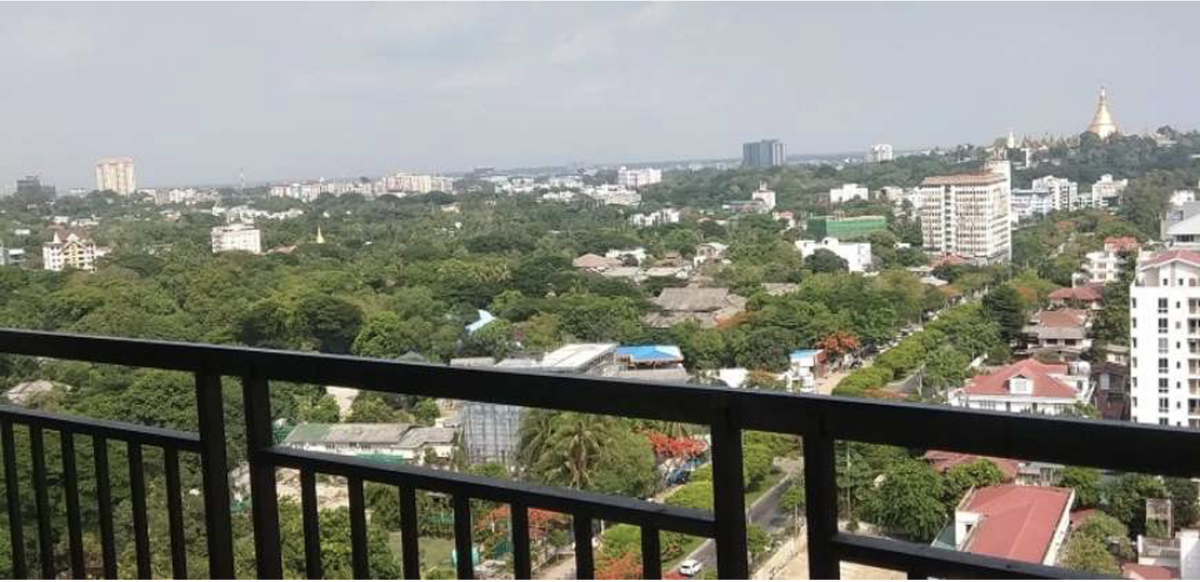22nd May 2021
I have been commenting that this rebellion is unlike previous ones in Myanmar in that if it spread to the cities then the regime, even though it won’t lose, will be in trouble. Well, it is happening. Sanchaung township is a relatively well-off district and a commercial centre.

And for future reference, a map of the townships of Yangon.

Townships 15 and 16 are the main downtown and traditional commercial centres of Yangon.
At least four blasts occurred in various townships in Yangon on Friday afternoon, killing two police and wounding others.
Residents of one of the city’s busiest neighbourhoods, Sanchaung Township, said they heard three explosions a few minutes apart.
The blasts occurred near the regime’s local General Administrative Office of the township. The explosions killed two policemen stationed at an outpost near the office on the spot, witnesses said.
“Several others were wounded as well,” a resident said.
A few minutes later, another two explosions occurred in the neighbourhood, including one at the junction of Bagayar Street and Baho Road.
Hours later, another blast went off near a railway track in Tamwe Township. No causalities were reported.
On Thursday, an explosion occurred at the car-parking area of the Thai-run wholesale supermarket Makro. Following the blast, regime forces blocked all the entrances to the supermarket and tightened security. No casualties have been reported. On the same day, a policeman from Yangon’s South Dagon Township police station was killed when a Bluetooth speaker left by someone near the police station exploded. The speaker box was left with music playing and exploded as the policeman checked it when the music finished.
Cities and town across Myanmar have occasionally experienced explosions by unknown attackers since late March following the regime’s deadly crackdowns on protesters. The regime’s local administrative offices, police stations and government schools (which have been closed until back-to-school day on June 1) were largely targeted. The blasts have become more frequent recently.
No one has claimed responsibility for the attacks. However, the junta said “rioters”—the military’s euphemism for anti-regime protesters—were behind the blasts. The Irrawaddy can’t independently verify that claim.
Residents of Yangon, like others in the country, didn’t seem to be concerned about who masterminded the blasts as long as police and soldiers were killed or wounded.
Whenever an explosion an explosion is heard these days, people only ask “where” and “what were their casualties?” The men in uniform have become so despised because of their brutality against young protesters that many people are elated upon learning of deaths or injuries on the part of police and soldiers.
That sentiment is also evident in the comment boxes of local media’s Facebook posts on the incidents.
On Friday, The Irrawaddy’s Burmese Edition post on the blasts that killed two police in Sanchaung was shared by 4,700 people within two hours.
One seemingly frustrated reader posted a comment: “Why only two (killed)?”
Source The Irrawaddy 21st May 2021.
Near the township of Demoso, 100km east of the capital Naypidaw we have a film clip of a small convoy of the Tatmadaw being ambushed.
More action from the People’s defence force of Demoso, a recently formed group from the township.
The KIA has also stiffened its resistance and has been pro-active in the last week.
The Kachin Independence Army (KIA) attacked two military and police security outposts and killed at least two police officers at the Hkamti jade mine, Sagaing Region early Saturday morning.
Residents said that the KIA set fire to both military and police outposts in Machyang Hka and Nam Si Bum villages at the Hkamti jade mine after the attack.
The villagers said the two compounds are owned by the Myanma Economic Holdings Public Company Limited (MEHL), one of two major conglomerates controlled by the coup leaders. MEHL, Myanmar Economic Corporation (MEC) and its subsidiary are heavily involved in the jade mining business in the country’s major jade hub in Hpakant and Hkamti townships.
“Military and police have been stationed there at bases for a long time. All the soldiers and police ran away after the KIA lunched the attacks,” a resident said.
“The military also launched airstrikes and one civilian was injured,” a resident said.
A KIA officer on the ground told The Irrawaddy the KIA captured at least seven injured police during the attack. However, The Irrawaddy could not verify the claim.
The office of the commander-in-chief of defense services had not made an announcement relating to the attack in Hkamti Township as of Saturday afternoon.
Clashes were also reported between the KIA and military regime troops in Momauk Township on Saturday morning. The residents said five houses in Myothit village were burned down after a regime air raid on Friday at around 8:00 pm.
The KIA attacked seven tanker trucks in northern Shan State with artillery on suspicion that they were carrying aviation fuel for the military on May 18. Moreover, two more fuel tanker trucks were also burned by the KIA in Putao Township, Kachin State on May 20.
Clashes between the KIA and regime troops in Kachin and northern Shan states have intensified since the junta killed two anti-coup protesters in the Kachin capital, Myitkyina, in March. Soon after the junta’s coup, the KIA refused to recognize the military regime and warned it not to harm anti-coup protesters in Kachin State.
Subsequently, the KIA seized a strategic base in Montauk Township and stormed more than a dozen military and police outposts in Kachin State’s Waimaw, Momauk, Hpakant, Tanai, Mogaung, Shwegu and Injangyang townships. It has also threatened to step up its attacks if the junta continues to shoot peaceful protesters across the country.
Source The Irrawaddy 22nd May 2021.
The resistance is now widespread, but still limited in its actions. The stock of weapons is slowly building and the number of civilians travelling to the ethnic zones for training is now in the thousands.
Please share this article so that others can discover The BFD

